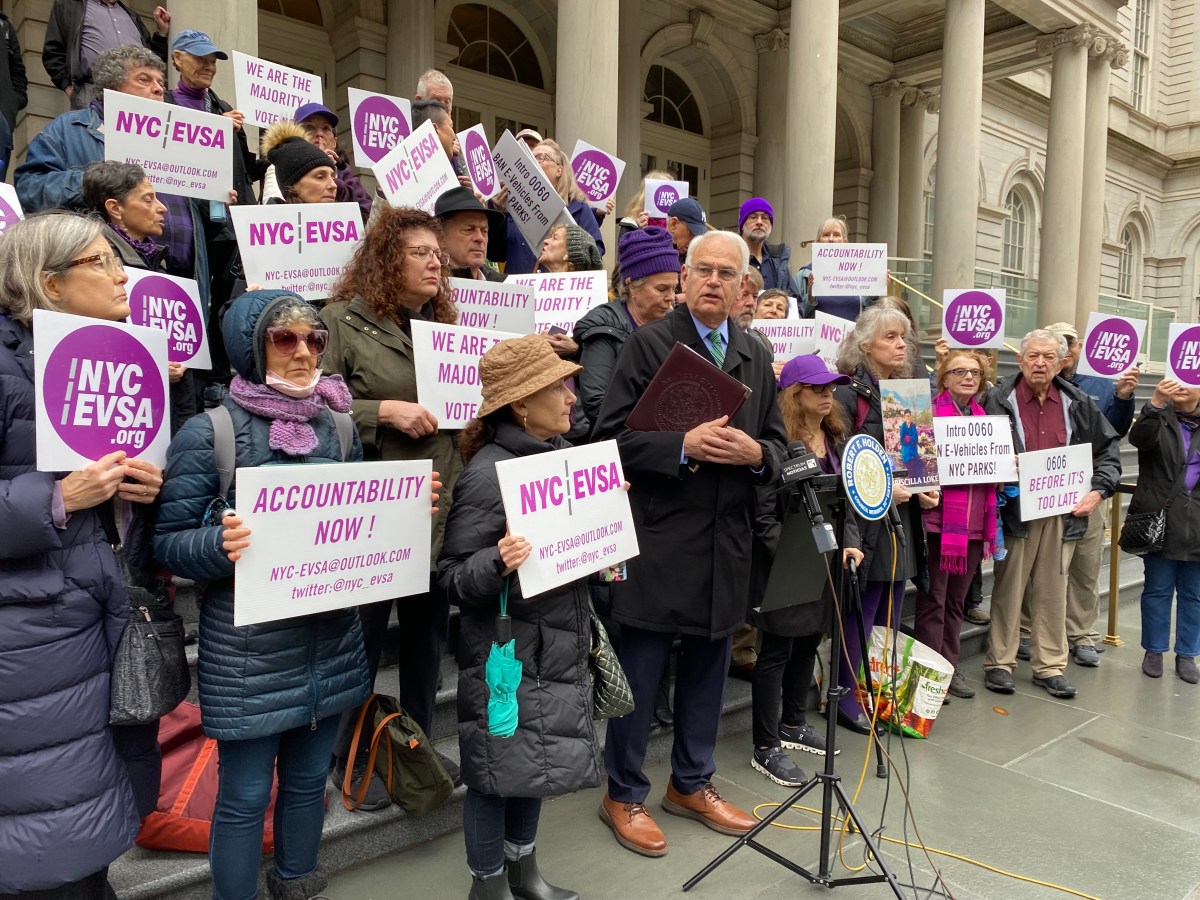Sarina Trangle
The Queens district attorney’s budget averaged out to $2,029.20 per major felony, far lower than the $3,078.29 afforded to Manhattan prosecutors or rates at other borough DAs, according to calculations by the TimesLedger Newspapers based on NYPD crime statistics and last year’s city budget.
Not that crime rates are necessarily how prosecutors’ budgets are calculated anyway, City Councilwoman Elizabeth Crowley (D-Middle Village) said.
The councilwoman said baseline budgets for the five DAs have held steady since a 2011 Independent Budget Office analysis found there is no standard formula used to allocate city and state funding among the offices.
Crowley said she wants to change that this budget season and has introduced a resolution calling for the city and state governments to examine arrest rates, prosecution statistics and population size and synthesize the study into a formula for equitably distributing money to the five DAs and the Special Narcotics Prosecutor’s office.
“Looking back to 1980, the amount of funding as it’s distributed between the five boroughs has been relatively unchanged. Yet here we are the fastest growing borough and we have demands,” Crowley said.
The 2011 IBO report found that the portion of city tax revenue directed to each DA office has lingered around the same percentage since the 1980s, with the Manhattan DA receiving 31 percent of the money in 2011, Brooklyn 25 percent, the Bronx 18 percent, Queens 16 percent, the special narcotics prosecutor 7 percent and Staten Island 3 percent.
But arrest trends were not so steady, with Manhattan’s share of felony arrests falling from 35 percent in 1980 to 25 percent in 2009 and the outer boroughs’ portions rising.
“The existing workload formula is almost five years old and must be revisited by the City Council to insure that we are getting our fair share of the criminal justice dollar. We are still about $2 million behind where we started in fiscal [year] 2002 — or the equivalent of about 30 new full-time attorneys,” Queens DA Richard Brown said in a statement.
The city’s preliminary 2014-15 fiscal plan does not break with tradition. It sets aside $85,012,000 for the Manhattan DA, $82,748,000 for the Brooklyn DA, $52,254,000 for the Bronx DA, $48,322,000 for the Queens DA and $8,752,000 for the Staten Island DA.
The Council’s budget priorities urged the de Blasio administration to have the Criminal Justice Coordinator’s Office recalculate its workload analysis to ensure that each DA is given the resources it needs.
NYPD arrest statistics do not offer a complete take on prosecutors’ workloads because DAs spearhead their own investigations and make arrests and a number of cases are disposed.
The IBO report found a growing number of cases were not being taken to court, with the number of felony cases the Queens DA declined to prosecute increasing from 1 percent in 1980 to 7 percent in 2009.
Still, using 2013 NYPD statistics as a barometer, the Queens DA had less funding last fiscal year to work with than prosecutors in other boroughs.
The Police Department noted it made 24,108 major felony arrests in Queens last year. The borough’s fiscal year 2014 adopted budget of $48,920,000 left about $2,029.20 per case.
In Manhattan, the NYPD logged 27,617 such arrests and the DA’s adopted budget included $85,013,000, which amounted to $3,078.29 per case.
The other boroughs fell somewhere in between.
The Manhattan DA’s budget is boosted by settlement payments, which must be shared with the other offices when they surpass a certain threshold, and asset forfeitures.
The IBO found that the Manhattan office brought in 95 percent to 98 percent of settlement payments citywide.
It also received close to $10 million in revenue from seized assets in 2010.
Queens got nothing from such actions that year, according to the IBO report.



































